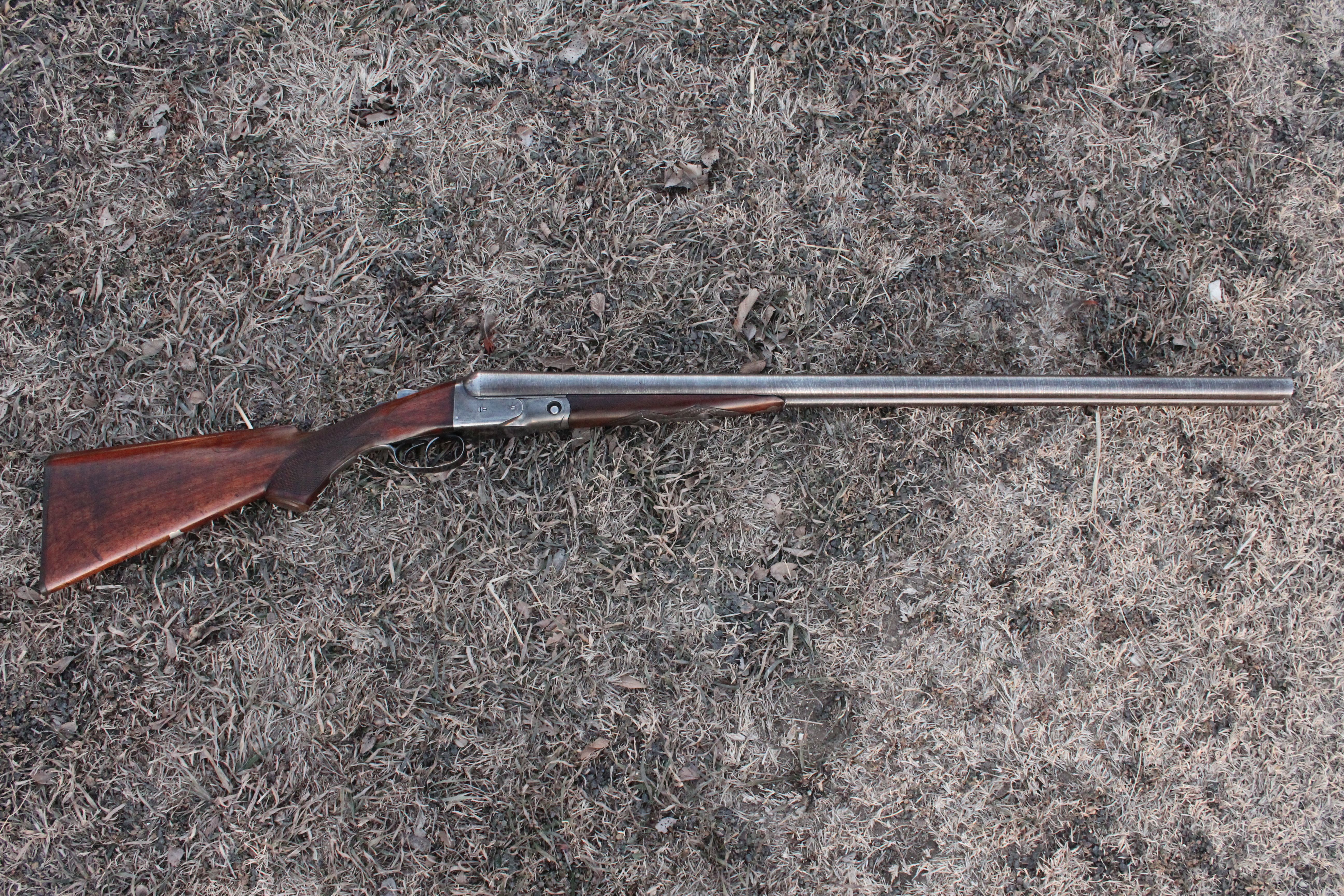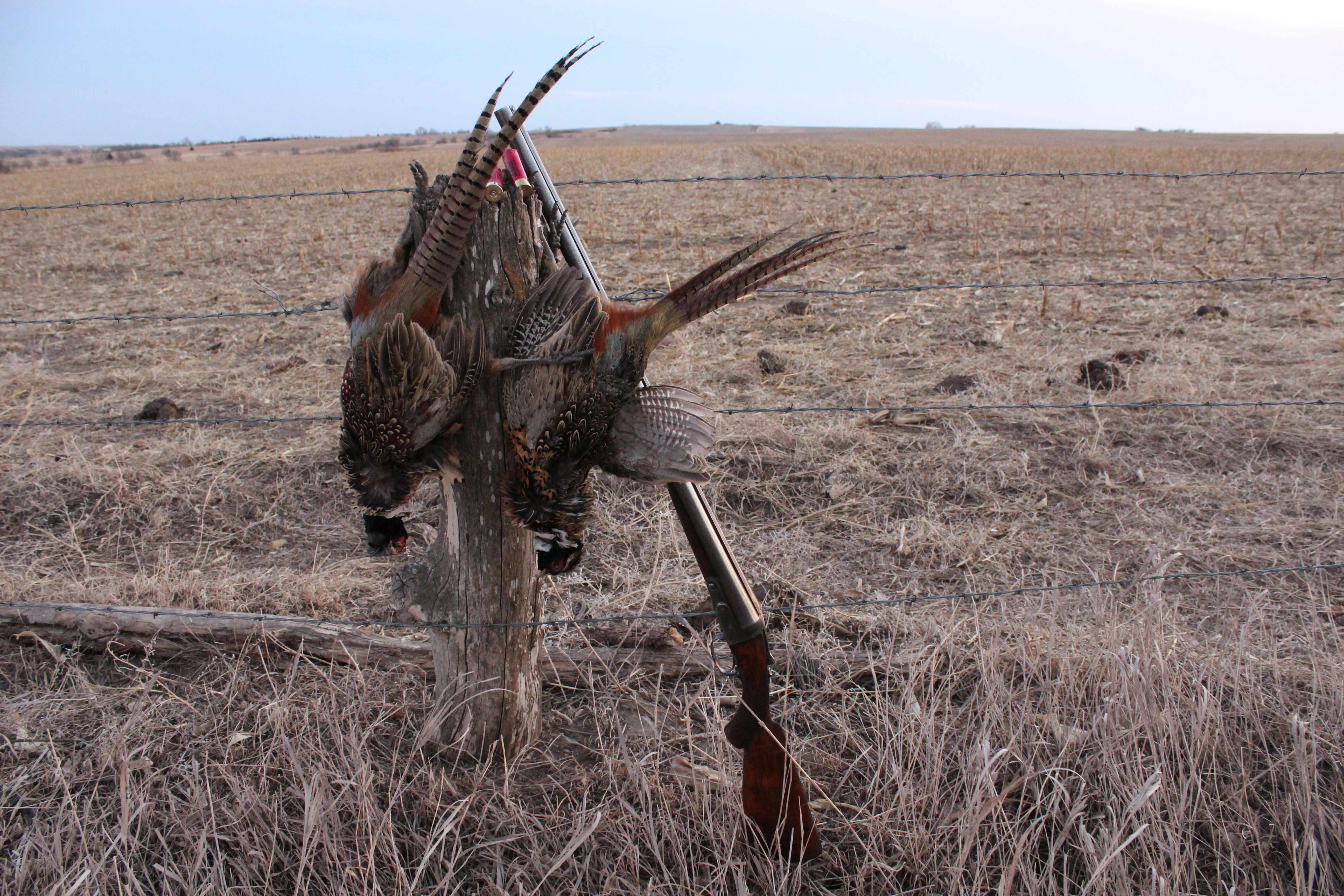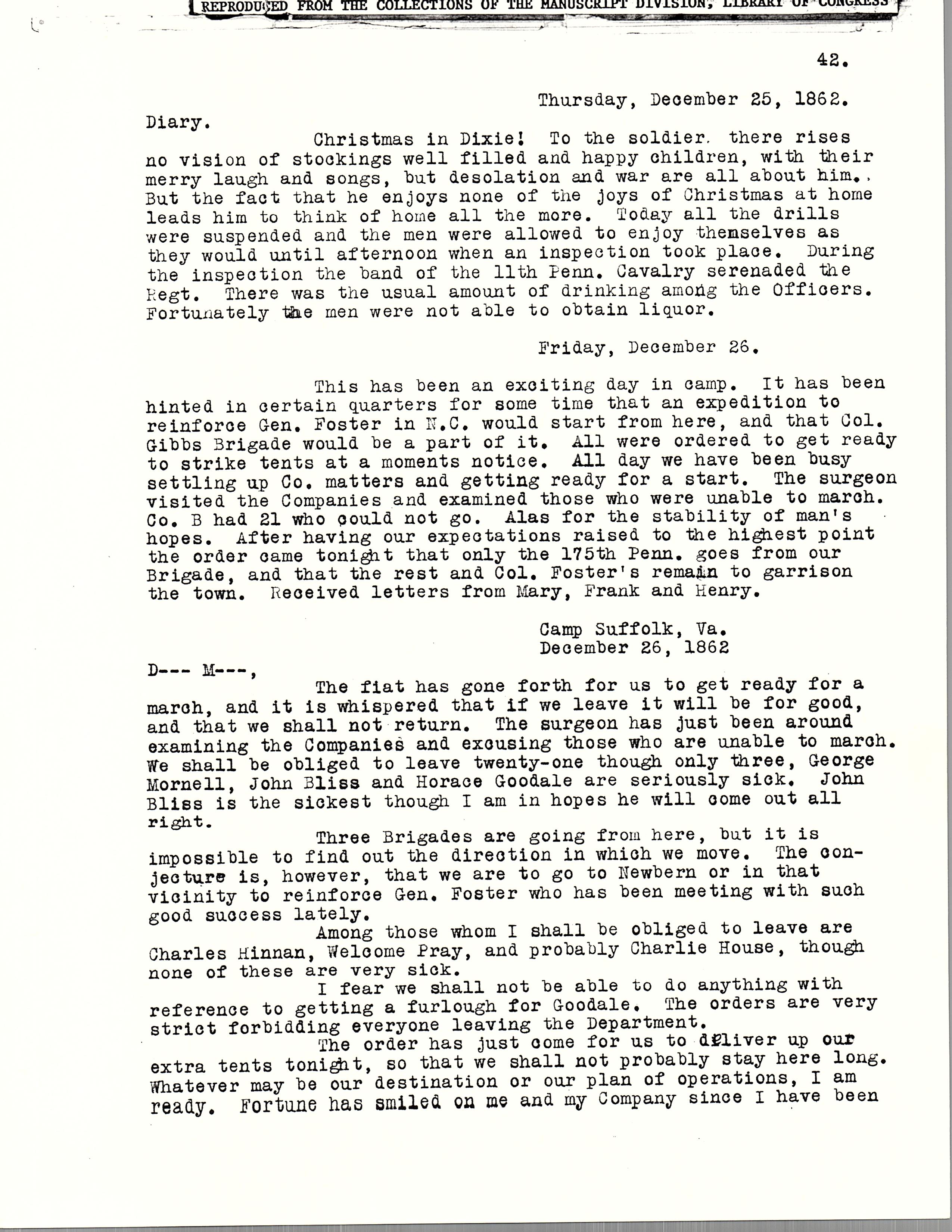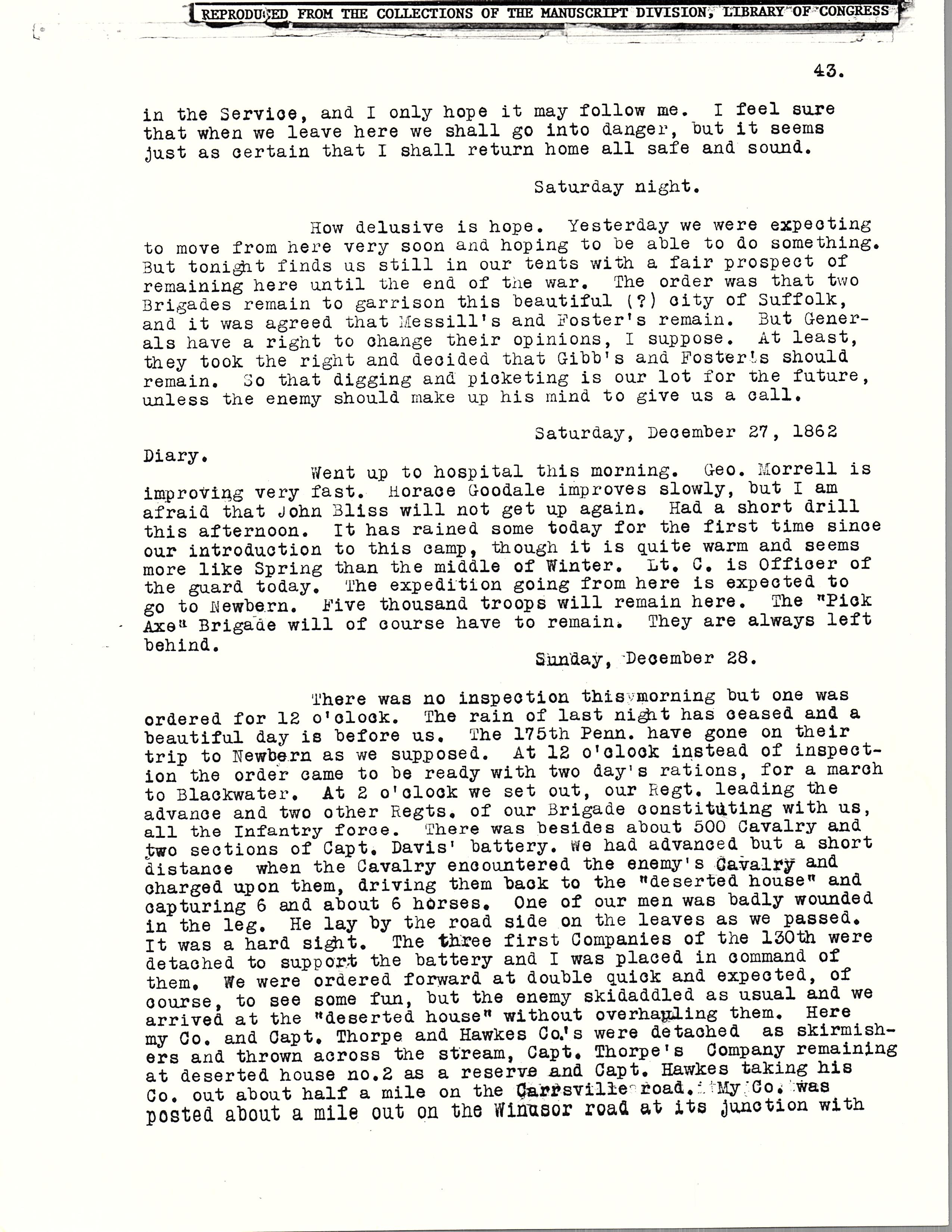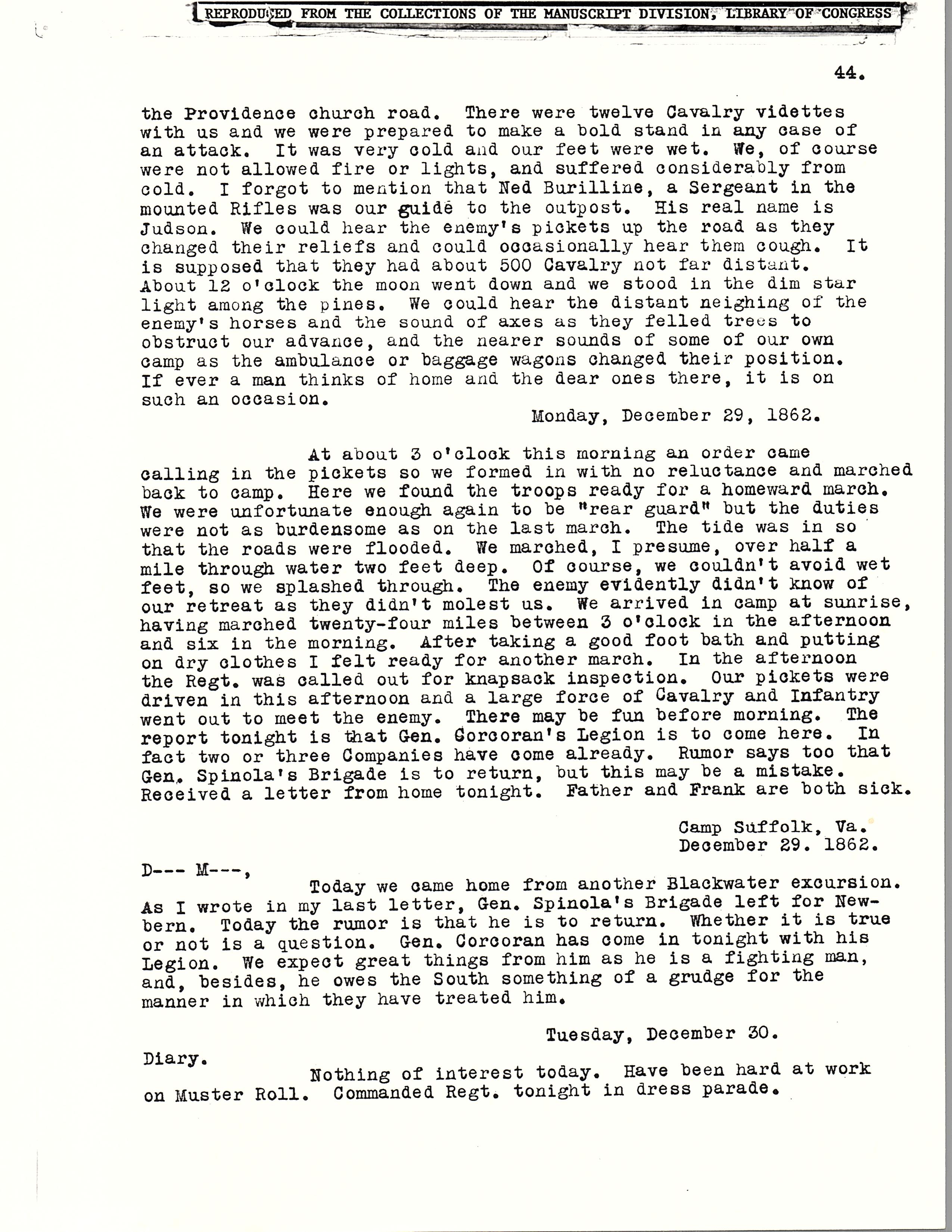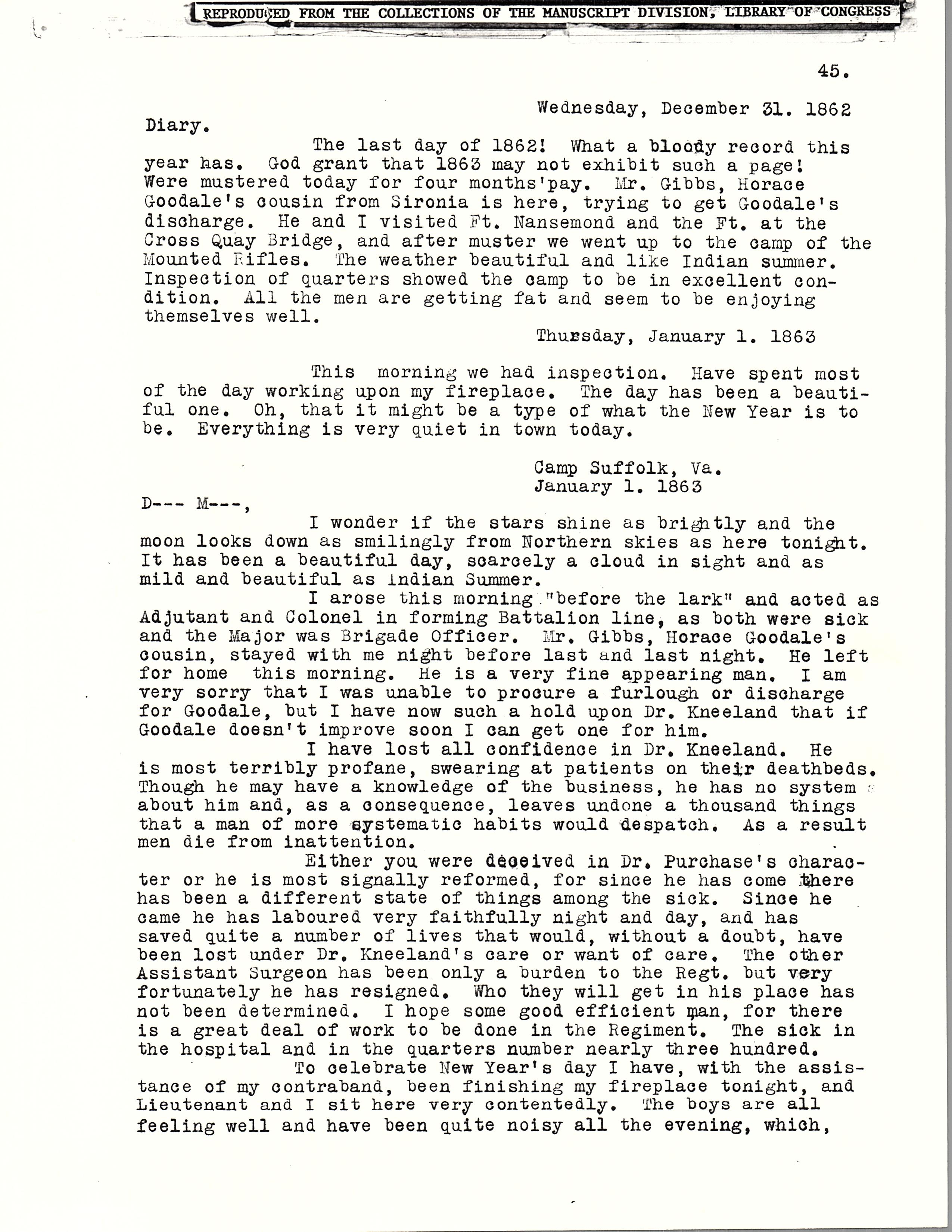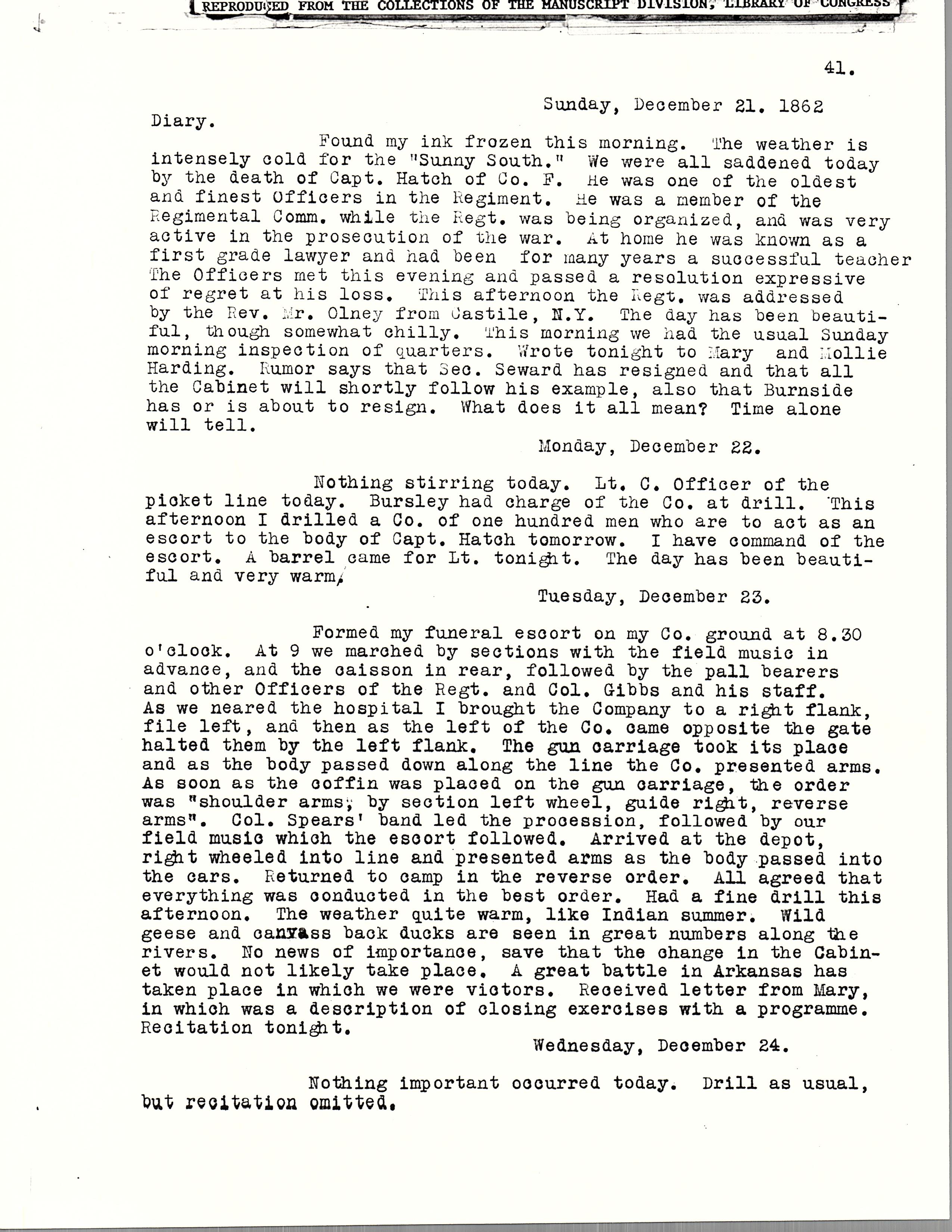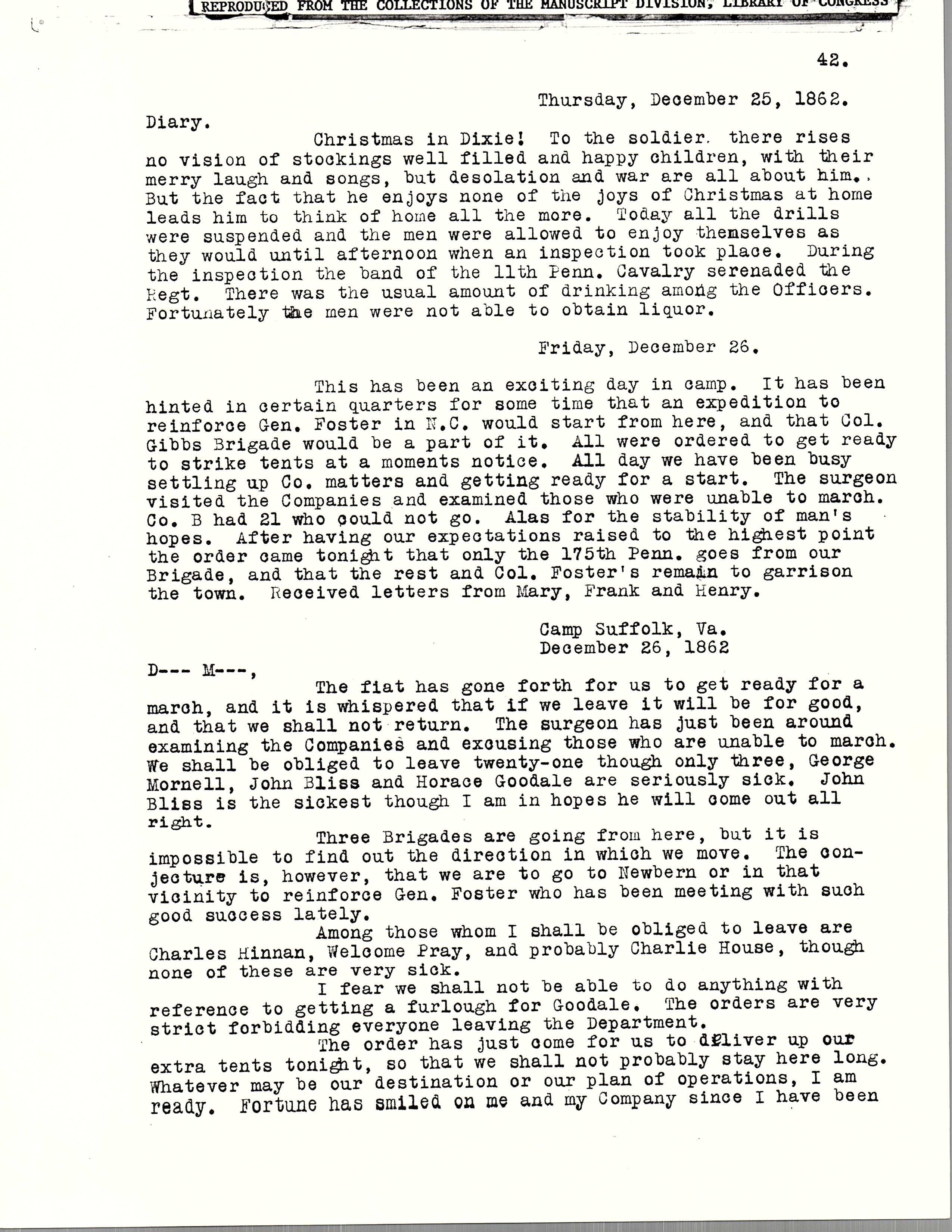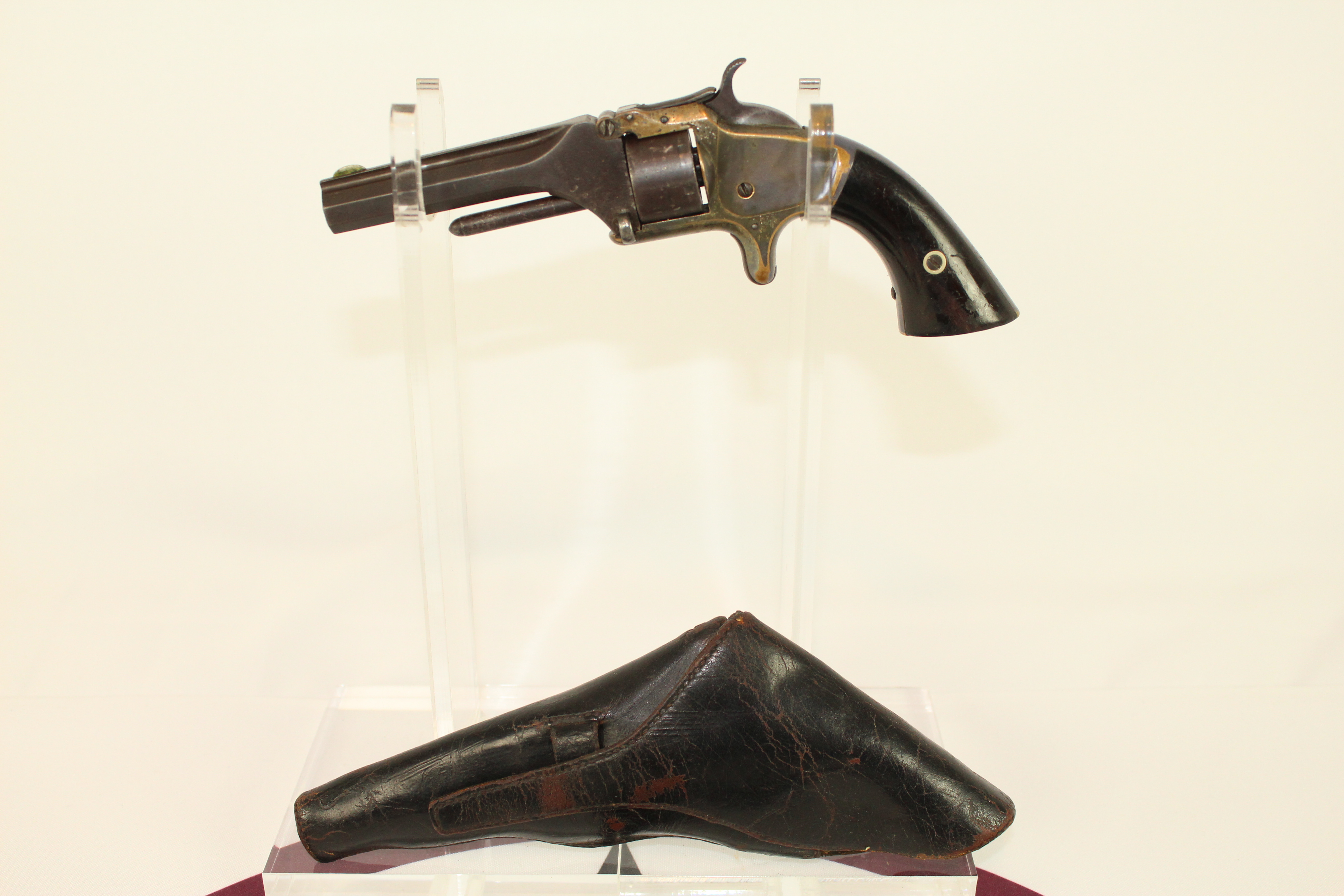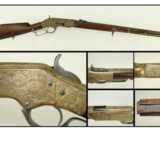- No products in the cart.
Archive for the Uncategorized Category
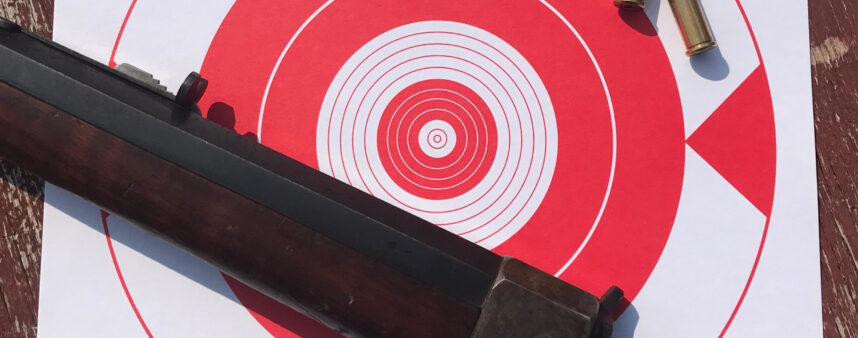
Practicality rules. Plain and simple. Yesterday, like today, the firearms that most found their way into people’s pockets, holsters, handbags, scabbards, and hands were affordable, reliable, and durable. Think of the Colts, S&Ws, Remingtons, Stevens, and Winchesters of the late-19th Century. There were others, but these firms’ products are the ones that dominated the competition by embodying practicality. Today, names like Glock, Sig, Ruger, and yes, S&W are some of the most recognizable names and products whether on duty, defending ourselves, hunting or having fun on the range. Most of our modern arsenals consist of rifles, pistols, and shotguns with lots of light black plastic and durable treatments to the steel. We choose our weapons today based on many things, but for many, it all comes back round to practicality. How much does it cost, how reliable, how modular, how many rounds does it hold?
Sometimes, it is nice to step back in time and forget what would be most practical today and consider what was practical then. A couple years ago I took a 125-year-old Parker double on a pheasant hunt in Kansas. It was much heavier than the Browning A5 I grew up with and took me on a bit of a learning curve with its side by side barrels and double triggers, but it made that hunt special. This weekend I got the bug and took this Remington No. 2 Rolling Block out to the club to try it out. This little single shot rifle sports an octagonal barrel chambered for .32-20 WCF. It has very nice original case colors on the frame and a nice blue finish on the barrel. It was made circa 1889 in Remington’s original headquarters, Ilion, New York.
To load, simply put the hammer into full-cock, roll the breechblock back, insert your cartridge, and roll the breechblock forward. You are ready to fire. The hammer has a strong half-cock notch for a safe way to carry in the field. Once fired, repeat the process and the extractor will push the spent case out a little for you to take out with your fingers.
This would have been a light, handy, simple game-getter or plinker back at the end of the 19th Century. Recoil was very mild from the .32-20 WCF cartridges I was using. I would describe it as a little more stout than a .22 LR. It grouped just fine at 25 yards, obviously a bit high, but I did not adjust the sights. I can imagine many squirrels, rabbits, raccoons, possums, varmints, and other smaller game being taken with this rifle. It may not have the most ballistically efficient cartridge or the potential for a quick follow-up shot, but it did shoot reliably and remains in great shape 129 years later. Maybe it will hunt again someday.
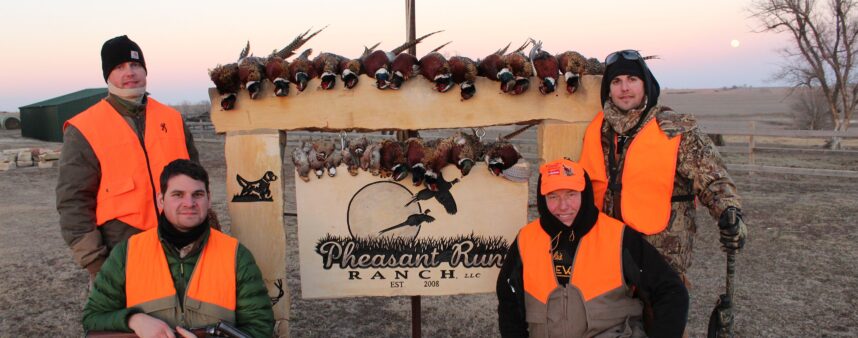
Two weeks ago my father-in-law, both brothers-in-law and I had the pleasure of going to Pheasant Run Ranch in Lebanon, Kansas for a fantastic upland bird hunt. All of us share the love of the outdoors and the pursuit of wild game. Perhaps that is part of why we get along so well.
I was anticipating this trip very much since I had not gotten out to duck hunt this year, and I foolishly passed up a worthy buck during rifle season in Missouri. My freezer was looking rather empty.
I was also looking forward to this trip because I had (and currently still have) a very nice Parker PH Grade Double Barrel Shotgun, made in 1892, in my inventory. I had only ever used modern shotguns to hunt or even shoot clays, so I was chomping at the bit to use this American classic. In preparation, I began scouring the internet to figure out how to make very sure the gun was safe to shoot and what kind of ammunition it needed.
In order to make sure the shotgun was safe I closely examined the barrels. In all honesty, I was as concerned for the shotgun as I was for myself. The thought of destroying a treasure like this haunted my dreams. The bores were shiny, the rib was firmly attached and without any wavers; there was no sign of damage inside or out. I rung the barrels lightly with a small brass hammer to make sure that they indeed “rang”–the sound of a worthy set–and didn’t “clunk”–the sound of a loose rib. I also made sure that the back of the barrels mated nicely with the breech face. The lever locked everything up nicely, the safety engaged properly and the firing mechanism was perfect.
Next, I had to find ammunition. Old shotguns were not meant to handle today’s heavier loads. There is a lot of lore out there about shooting old guns with twist barrels, so I really wanted to be careful about what I put through it. I was, however, confident that Parker made a fantastic shotgun and that the quality of yesteryear would acquit itself today. Of considerable note was the fact that the chamber lengths for this 125 year old 12 gauge shotgun was 2-5/8 inches, instead of our modern standards of 2-3/4, 3 and 3-1/2 inch.
After much research, I found that RST’s Best Grade shotshells were just what I was searching for and purchased their 2-1/2 inch 6 shot with a paper shell and a fibre wad. These shells are made for guns like this.
Unfortunately, I did not have the opportunity to test fire the shotgun before we left, so I brought along my favorite Browning A5 20 gauge that I had inherited years ago for backup. The morning of our opening hunt, I test fired the Parker for the first time. It worked! I could tell right away that I was going to have to get used to several differences: 1) the bores were permanently choked with the left being modified and the right full, 2) two triggers fired their respective barrel and 3) the safety automatically engaged when the breech was opened.
We began our hunt and I made sure to keep my thumb on the safety at all times, so that I would not forget to disengage it when shots presented themselves. I also resolved to try to shoot the left barrel first and use the right barrel when the bird was further away.
Well, it was challenging, but a success! I never once missed a shot opportunity due to leaving the safety on. The biggest challenge was coordinating which trigger to use. For whatever reason, it was simply more natural and therefore faster to use the front right trigger first, meaning that I was using a full choke at shorter ranges than I would have preferred. Nevertheless, I killed birds with the rest of them and even made some good shots!
Overall, the trip was fantastic, if too short. Especially in Missouri, Kansas gets a bad rap for just about everything, including scenery. I thought that it was beautiful and refreshing to see new ground and savor the remoteness of the ranch. We killed our limit of pheasant both days and shot quail when we could. Our accommodations were fabulous as we were put up in a spacious cabin with hunting right outside the door. We cooked for ourselves and ate like kings. The guide and his dogs were very good, and he really knew the many acres that we walked. When we missed a bird and it flew into a part of the field yet to be driven, he was confident that we would get him in the end–and we did.
It really was an unforgettable trip with family that I can truly call friends. For me, the entire experience was enhanced by using the Parker, acting out what I had seen in film for all these years.
https://www.ancestryguns.com/shop/antique-parker-engraved-ph-double-barrel-shotgun-finest-american-shotgun-maker-est-1868/
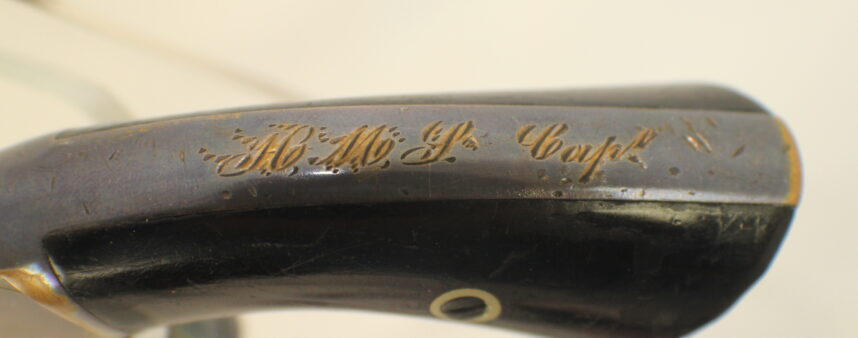
Last week I posted several entries from Captain Howard M. Smith’s personal wartime diary and focused in on his Christmas Day entry about how he and his men celebrated the day. This week we take a look at the next few entries. Take some time to read these as they are a day by day summary of his life as an officer, intermingled with his letters home. Here are some of the excerpts from this week’s entries and letters that stuck out to me.
His letter home dated Friday December 26, 1862 ends on a hopeful note, saying “Fortune has smiled on me and my Company since I have been in the Service, and I only hope it may follow me. I feel sure that when we leave here we shall go into danger, but it seems just as certain that I shall return home all safe and sound.”
The opening words to his journal entry the next day (Saturday Dec. 27, 1862) are “How delusive is hope.”
New Year’s Eve, Wednesday December 31, 1862, he writes “The last day of 1862! What a bloody record this year has. God grant that 1863 may not exhibit such a page!”
On New Year’s Day 1863, he writes “The day has been a beautiful one. Oh, that it might be a type of what the New Year is to be. Everything is quiet in town today.”
This is a unique insight into the life and thoughts, hopes and disappointments of our 19th century protagonist. It demonstrates how much the war is internal as well as external.
I will continue to post more excerpts in the weeks and months ahead.
https://www.ancestryguns.com/shop/civil-war-idd-sw-model-no-1-second-issue-revolver-w-holster-diary-letters-research-engraved-by-captain-howard-m-smith-of-the-1st-new-york-dragoons/
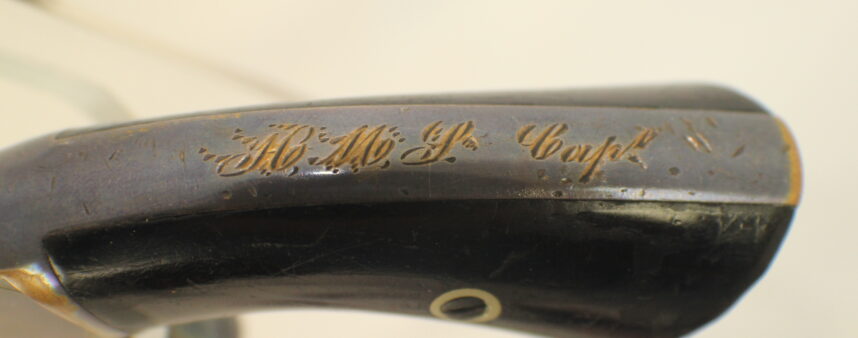
It will soon be Christmas, and for many of us that means time with family, lots of good food and drink, roaring fires and memory making. However, some of us, probably very few of us might experience this special holiday without our loved ones or the simple comforts of home. Here I share a brief diary entry from Christmas day, December 25, 1862. It was penned by Captain Howard M. Smith of the 1st New York Dragoons in his tent at Camp Suffolk, Virginia. I have provided the previous page as well for a little context, but the Christmas day entry reads:
Christmas in Dixie! To the soldier, there rises no vision of stockings well filled and happy children, with their merry laugh and songs, but desolation and war are all about him. But the fact that he enjoys none of the joys of Christmas at home leads him to think of home all the more. Today all the drills were suspended and the men were allowed to enjoy themselves as they would until afternoon when an inspection took place. During the inspection the band of the 11th Penn. Cavalry serenaded the Regt. There was the usual amount of drinking among the Officers. Fortunately the men were not able to obtain liquor.
Though somber reading before one of the happiest and most significant holidays, it does a person good to be reminded of the past, even one so tragic as the American Civil War. It is also a call to count our blessings, consider the privations of others and strive for peaceful solutions to horrific problems.
I currently have 185 pages from this diary that I will be posting in this blog in the future.
https://www.ancestryguns.com/shop/civil-war-idd-sw-model-no-1-second-issue-revolver-w-holster-diary-letters-research-engraved-by-captain-howard-m-smith-of-the-1st-new-york-dragoons/
Dec14
Native Americans and European American Settlers Clash in Graphic Revolver Cylinder Scene circa 1869

I get to see and learn new things on a near daily basis in researching antique firearms. As I photographed this diminutive 7-shot .22 revolver yesterday, I realized that it had a unique cylinder scene that was worth spending some time on.
The cylinder scene features four distinct, chaotic and graphic parts: 1) a Native American raising his knife to kill a settler woman, who he has by the hair, but a second woman in a dress is holding a revolver to the warrior’s head about to fire; 2) a male settler in a jacket and a wide-brimmed hat appears to have shot an attacking warrior, who is slumped down on the ground, and is about to fire his revolver into another attacker, who has his tomahawk raised above his head; 3) another male settler has fired his revolver and the rushing brave is sent backwards; and 4) an Indian warrior, with a knife held icepick, and a woman, with a revolver in one hand and a child hiding behind her skirts, stare each other down amidst the chaos.
Cylinder scenes served multiple purposes at this time, not the least of which was aesthetic appeal. Much like our currency, they also made a firearm more difficult to forge. Finally, can you think of any better way to market what a gun’s intended application may be?
A fascinating, if dark and gruesome, peek into mid-19th century America as the West was being settled.
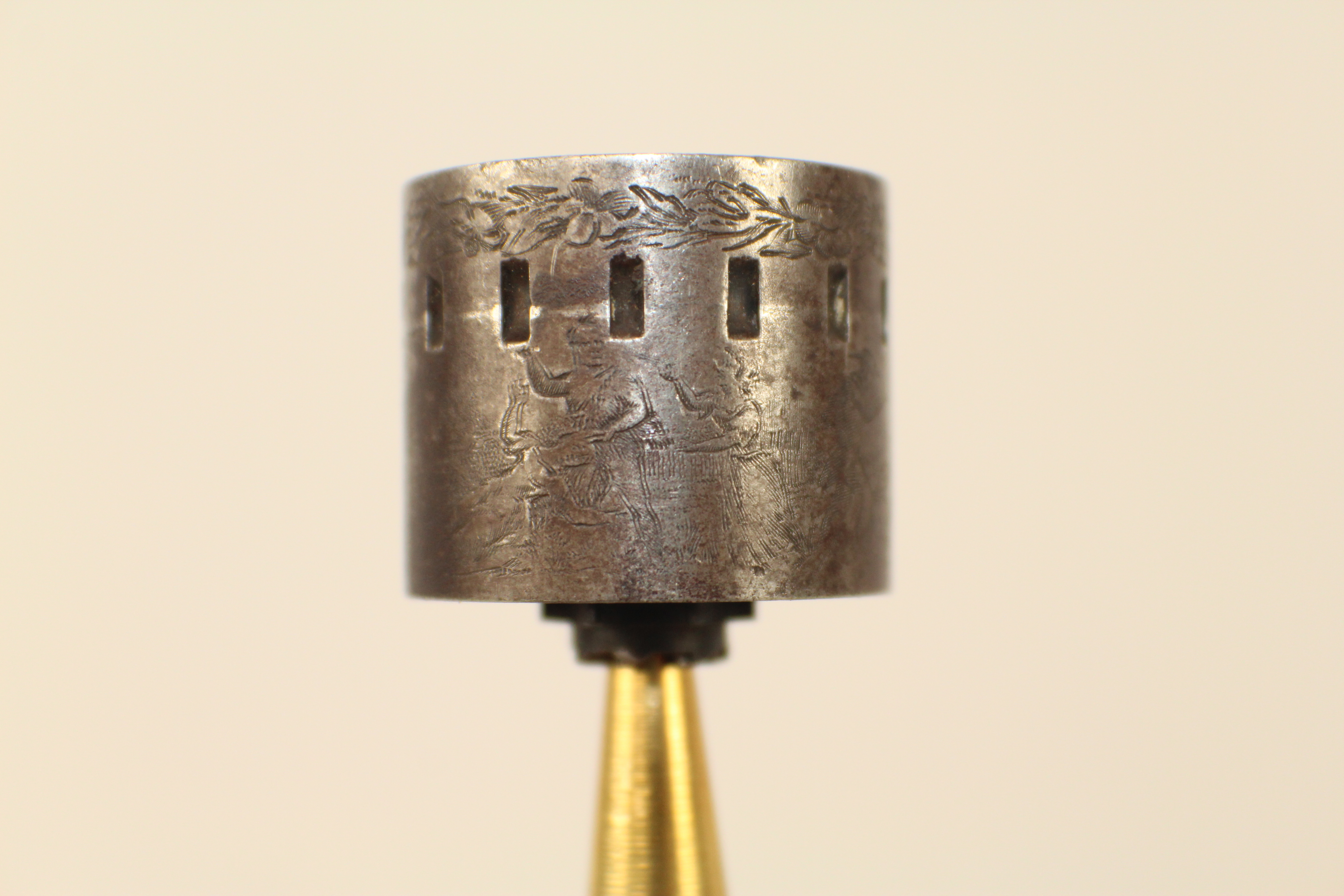
The warrior (center) has a woman by the hair (left), while another woman holds a gun on him from the right
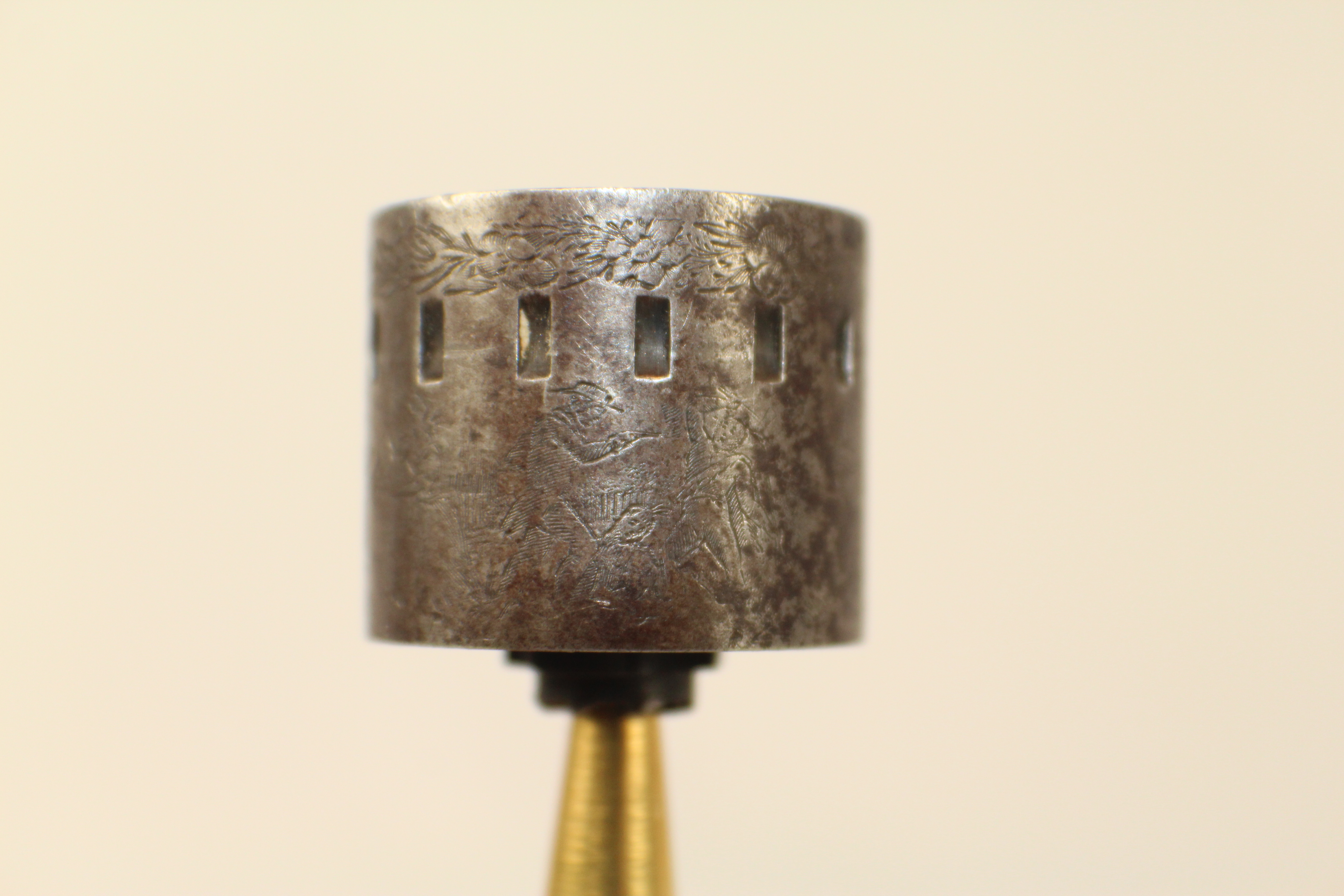
A male settler (left) has ended one threat (bottom center) and is squaring up to a second (right) who has a tomahawk raised and ready
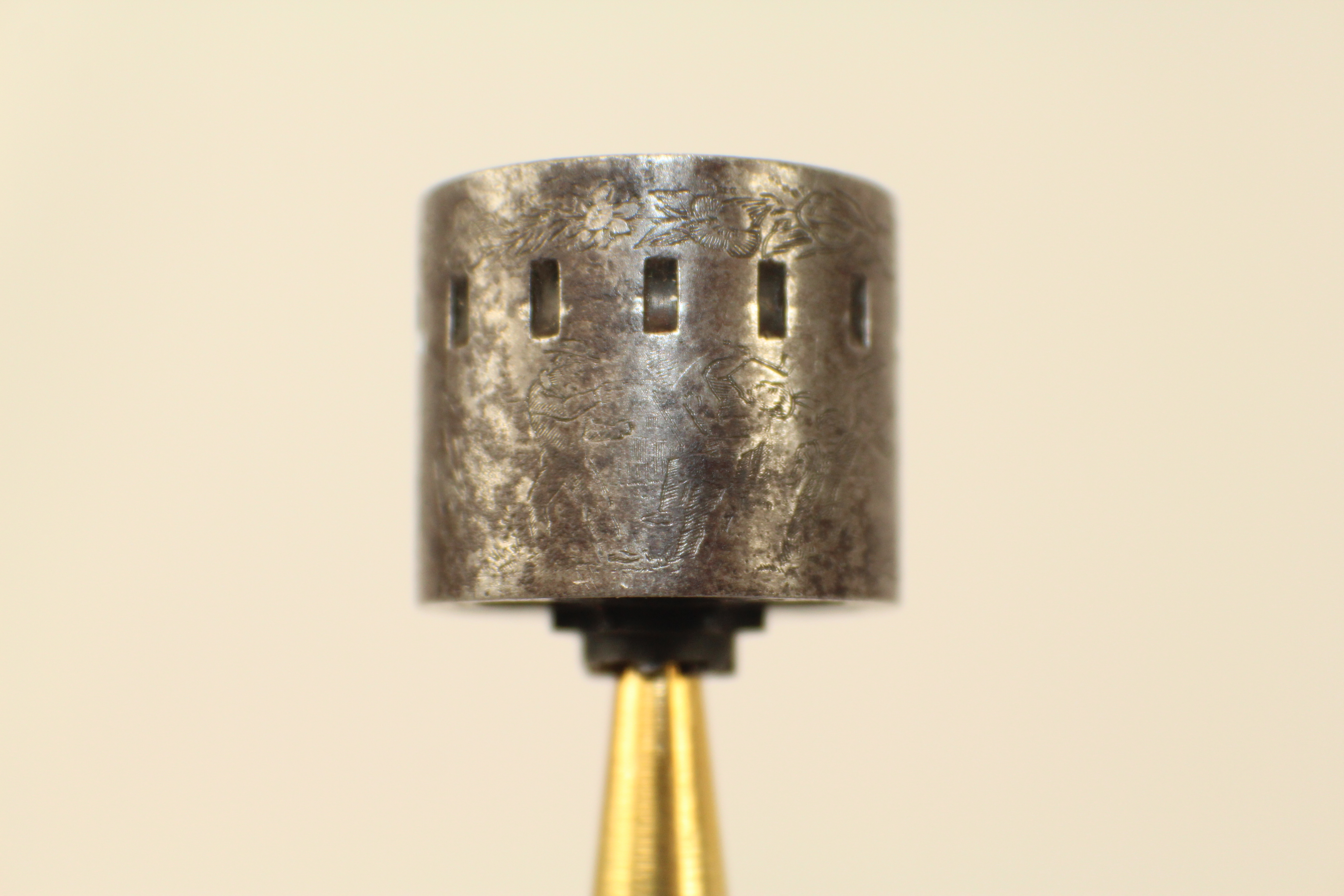
A male settler (right) has shot a charging Native American warrior (left), who is tumbling backwards
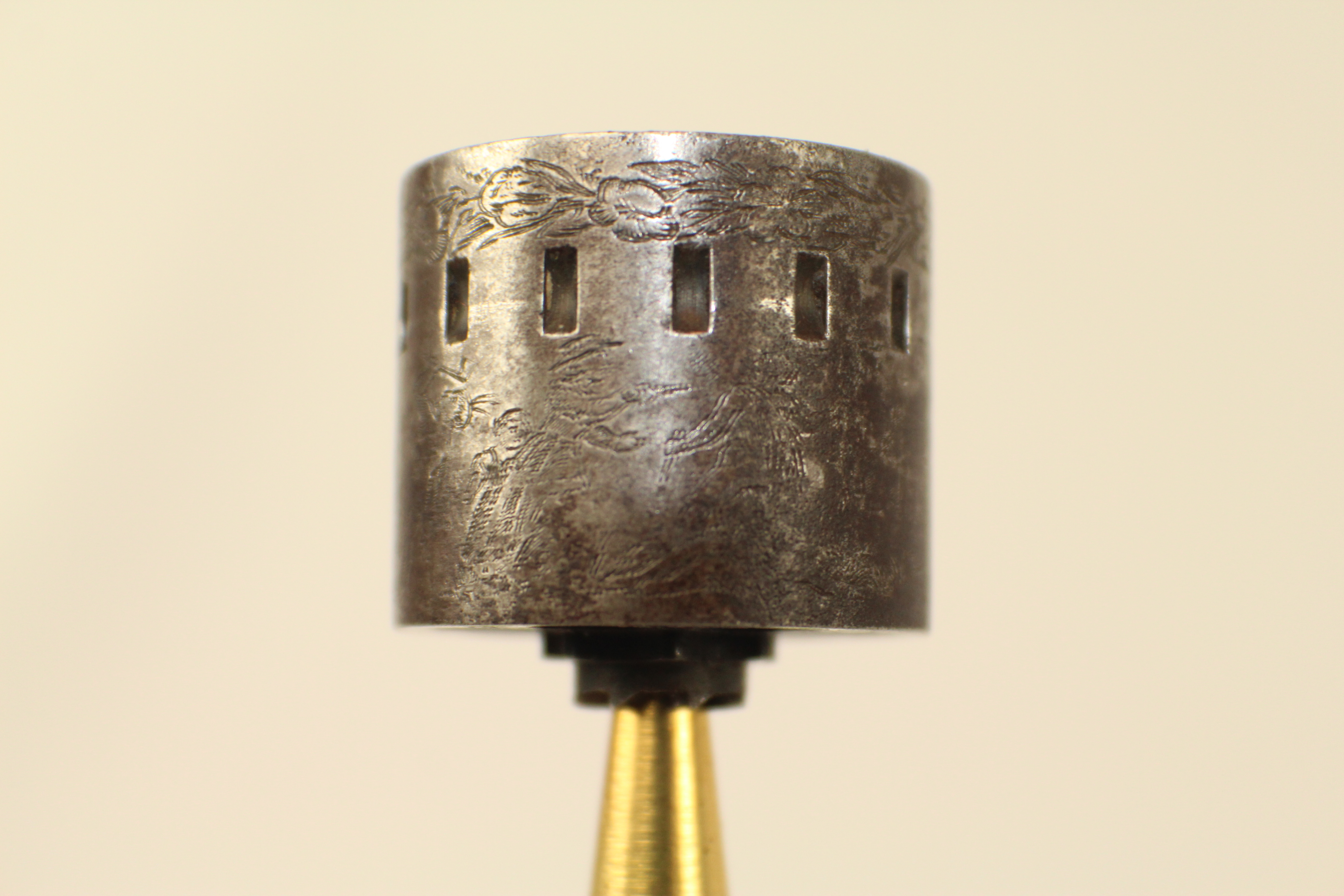
A settler woman (center) stares down the barrel of her revolver at a warrior (right) as a small child hides behind her skirts (left)
If you like this piece, keep an eye out. I will be listing this in the coming week!
